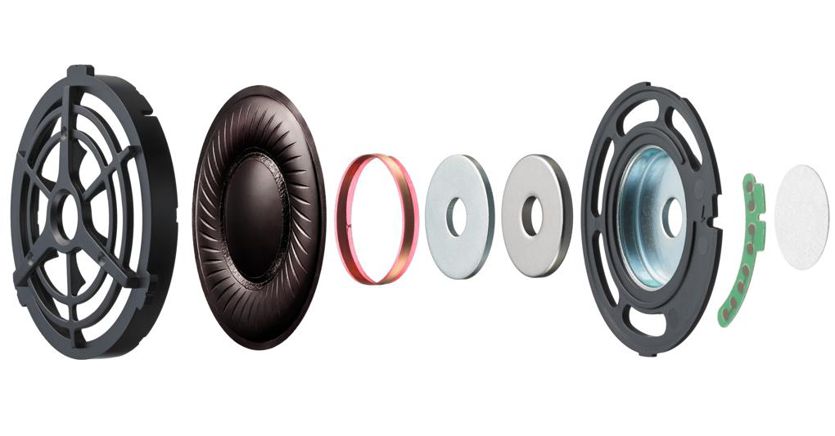For deejay, for gamers, for audiophiles and then the over ear models (covering the entire ear) and in ear (earphones). Don’t get too confused, headphones are simple technological creatures. Also to be explained. Let’s try to take them apart to look inside. Technically they are portable speakers: two small speakers joined by a circle or in any case a flexible structure and a wire (when there is one). There are no processors or circuits, nothing particularly sophisticated, they are an accessory that has the task of translating an electrical impulse into acoustic waves. Transducers (this is the appropriate term) have varying qualities. And this affects the price. While if we are on the “fundamentals” of audio, remember that the conduction of sound occurs through the variation of air pressure. That the audio signal can also be transported with wireless technologies such as bluetooth and infrared rays or the normal Wi-Fi connections both in analogue and digital. This at least to close the section of the article dedicated to the “biodiversity” of the accessory.
How headphones are measured
To get out of a tourist dimension of knowledge of these objects, at least three parameters must be taken into consideration. The first is the range of frequencies that the headphones are capable of reproducing. The sound is made up of many frequencies, and the headphones must be able to reproduce as much as possible. That said, the human ear can hear from 20Hz to 20Khz, so going “below” or “above” makes little sense. The second is the impedance which indicates the resistance the sound encounters before exiting the headphones. The higher it is, the better the sound quality. This parameter ranging from 6 to 600 Ohm is directly proportional to the price and the amplifier that is used. And then there is the sensitivity measured in decibels (db) which describes the acoustic power or pressure to which we can be subjected. To put it simply the more power you have, the less likely you are to have a distorted sound when you turn up the volume.
Loading…
The sociology of the cuff
Closed the technical parenthesis, let’s try to provide some advice. For example, size in sound matters. The bigger they are, the better. So it’s best not to stick with the earphones, which as much as they have made gigantic progress in recent years, will never have the audio quality of the bulkier headphones (for the same price). Audiophiles are warned. Gamers have different needs than others, for example they need to know where the sound is coming from when they are in a three-dimensional setting such as a shooter or an exploration video game. So Dolby must be supported. Sports enthusiasts, on the other hand, can try to experiment with bone conduction headphones, where the sound is transmitted precisely through the bones. There are few on the market, you have no background noise and they are interesting even if expensive. If you travel a lot, even when we start traveling again, noise cancellation is a handy feature, especially on the train and on the plane. If, on the other hand, you only need headphones for video conferences and smarpworking, then perhaps it is better to settle for earphones with a wire for a few tens of euros. They don’t clutter and you don’t give the impression of being a YouTuber. Finally, the parternale of the last line: whether it is a videoconference call or a rap piece, the volume must never be high. The pressure of 120dB is considered the pain threshold.
